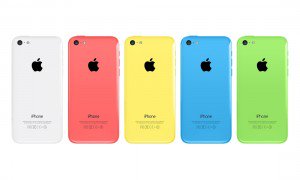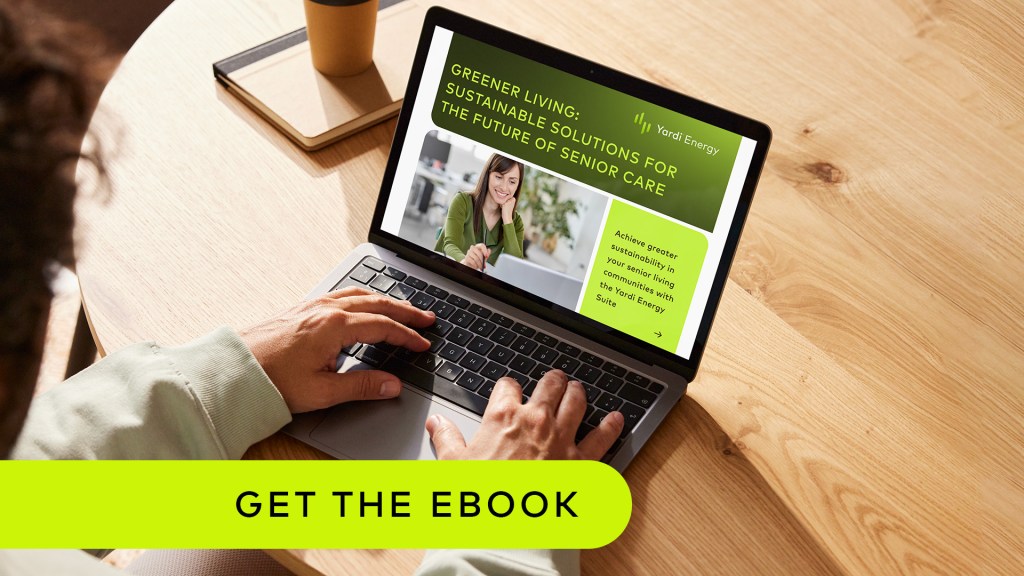By Anca Gagiuc on September 20, 2013 in Technology
Tim Cook, Craig Federighi, and Phil Schiller shared the stage presenting the much awaited updates from Apple earlier this month. The presentation started with news about what’s next for the iDevices (iOS 7 with now free built-in apps ), but the stars of the event were the two iPhones that will be available starting today (Friday, Sept. 20): the iPhone 5C and the iPhone 5S.
), but the stars of the event were the two iPhones that will be available starting today (Friday, Sept. 20): the iPhone 5C and the iPhone 5S.
The media gave tech fans a preview of what’s to come after the Sept. 10 meeting. Their reaction? Many are wondering what the C in 5C stands for. Seems like so far the most-used term is ‘cheap’, and the colorful device is in fact the closest thing Apple has introduced to a budget model.
The iPhone 5C “comes with everything from the iPhone 5 and more”: with the same four-inch 1136×640 display as iPhone 5, the same A6 processor and with the same 802.11a/b/g/n; 802.11n on 2.4GHz and 5GHz; the improved iSight 8MP camera is also unchanged in the 5C model. Price-wise it is just $100 less than its classy twin, the iPhone 5S: the 16GB comes at $99 and the 32GB at $199 (with contract); pretty much the 5C took the place of the no longer existing iPhone 5.
The unusual aspect of this product launch was in fact the introduction of the 5 colors in the design of the phone. The classic black and white line has now made room for an iPhone that’s vibrant, especially with the custom designed cases that allow the customers to mix and match all five colors. Could be that this is Apple’s way of producing still the iPhone 5, but in a cheaper way. However, cheap material at Apple doesn’t feel cheap because of the injection molding process, more precisely out of a single piece of plastic that ensures strength above the norm.
A new process, spray coating the phone’s backplate with a clear lacquer hard coat, does to the plastic something similar with the effect glazing has to pottery, preventing scratching and giving it that glossy, freshly painted look. The 5C, although made out of plastic, feels like ceramic.
The debut’s main spotlight was on the S upgrade. The new A7 chip brings amazing graphic powers and the motion-sensing M7 chip is the cherry on top that unleashes all those fantastic iOS7 features. The monstrous A7 is Apple’s first 64-bit system-on-chip and the apps in iOS7 will also be 64-bit. The graphics are 56-times faster than the original iPhone and the CPU performance is up to 40-times faster and double the speed of the A6 in iPhone 5.
The M7 is the “motion co-processor”; it reviews the data coming from sensors without activating the full-power of the A7 which adds to the battery life. It’s demonstrated by the improved battery life of up to 10 hours on 3G, up to 250 hours in standby and up to 8 hours on 3G, 10 hours on LTE and up to 10 hours on Wi-Fi.
One of the most debated upon features is the fingerprint scanner where the home button is. It operates easily: once the thumb is placed on the sapphire crystal button, the silver or gold ring around it detects it and runs a scan. Touch ID can be used not only to protect your phone from foreign hands, but also to make purchases in iTunes. The phone can be shared with a family member or more, as it can be setup to read multiple fingerprints.
Some love the idea and see a great potential in the security of their device, while others worry about the NSA and identity thieves trying to get their biometric data. It feels as if worrying about such scenario is equal to imagining that Verizon is listening in to all of our phone calls or that Visa tracks all our purchases. On this topic Apple stated that this information is kept on the hardware itself and not on their servers.
The fingerprint reader is in any case optional, and the “enter password” message is displayed automatically after three failed attempts to use the fingerprint. According to a study Apple conducted, merely 50 percent of smartphone users don’t bother to put a password on their phones, and of course it is bad; the Touch ID is a security protocol that’s not just convenient, but more secure also.
The new iPhone 5S presents an improved camera with dual-LED flash – in white and amber – that has the task of combining the right intensity of the two bulbs and percentage to create 1,000 variations of the flash and to give the picture a more natural and balanced look. Although the camera stays at 8MP, it has a larger aperture of ƒ/2.2, a 15 percent larger sensor, and a 33 percent increase in light sensitivity.
The answer is not more megapixels, but bigger ones and bigger pixels mean more light, better range of color and less noise. The autofocus has been improved and is now twice as fast and has added the new burst mode to capture ten frames per second. Videos can now record in slow motion and captures at HD, 720p, 120 fps.
The exterior follows the lines of the iPhone 5 in that beautiful aluminum housing, but even so they managed to make this one slightly thinner (7.6 millimeters) and just 112 grams light and extended the palette of colors transforming the former black and white into gold, silver, and space gray.
What are your feelings about the new devices? Do they make you want to upgrade?


